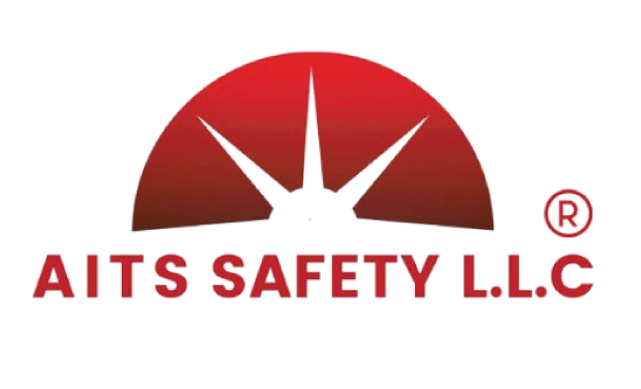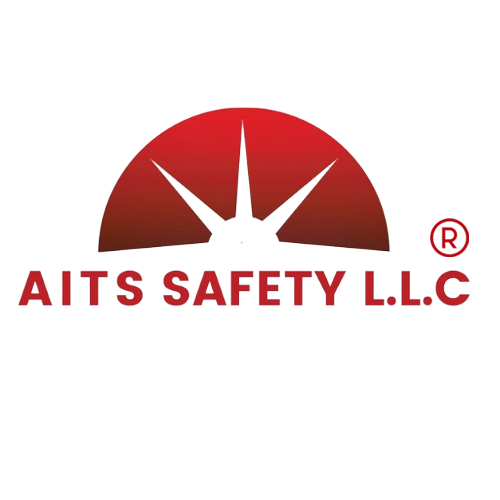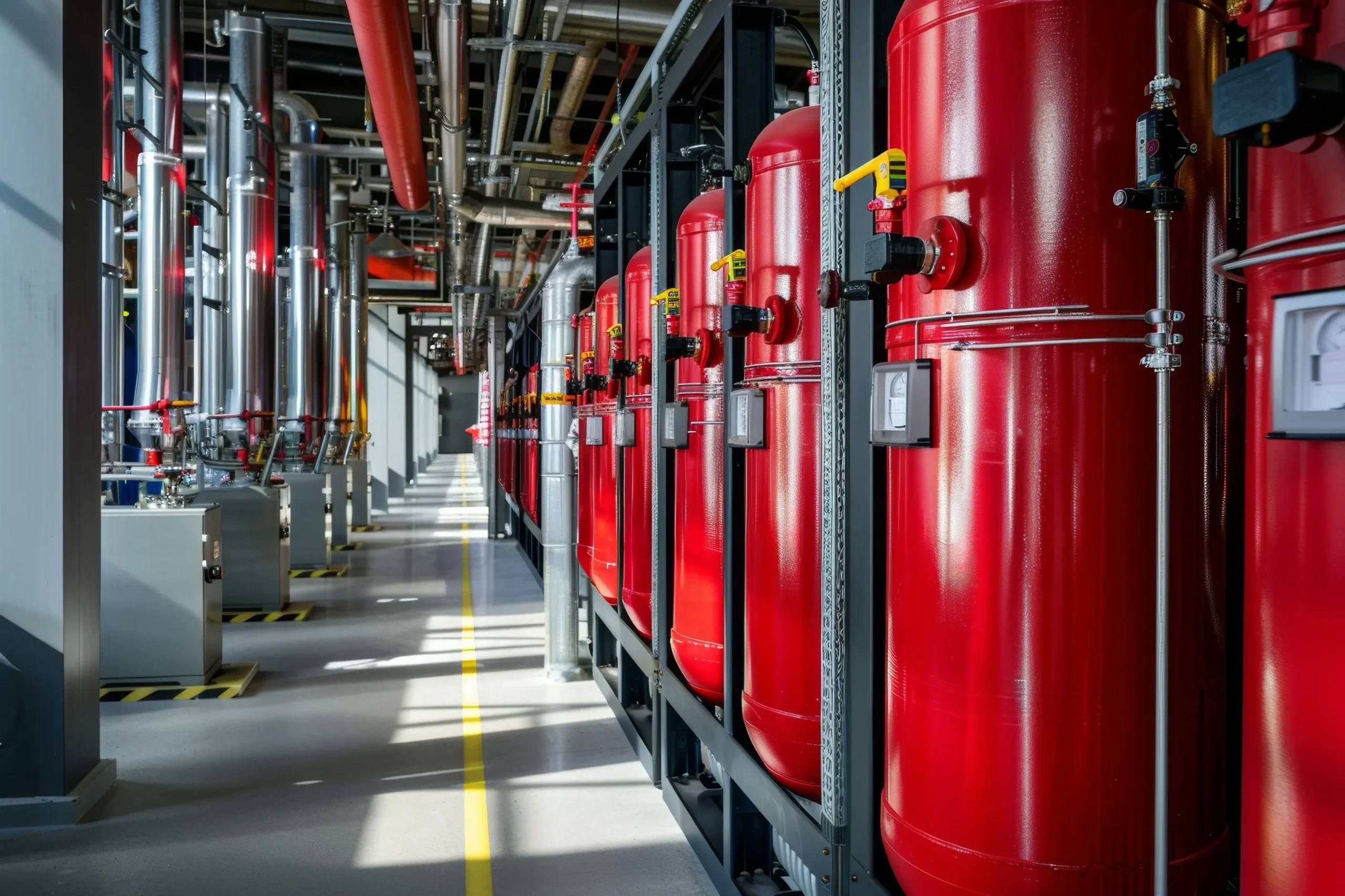Top 10 Things to Know About Fire Safety Systems
Fire safety is an essential concern for both residential and commercial spaces. The potential for devastating consequences makes it critical to understand fire safety systems. Here are ten important insights into fire safety systems that everyone should be aware of to ensure protection and preparedness.
1. What Are Fire Safety Systems?
This is a comprehensive set of technologies and practices aimed at detecting, preventing, and managing fires. These systems include various components, such as alarms, extinguishing devices, sprinkler systems, and emergency lighting. Together, they create a comprehensive safety framework that works in unison to reduce risks and respond effectively in emergencies. Grasping how these systems operate is the initial step toward fostering a safer environment.
The Components
Fire safety systems typically consist of:
- Fire Alarms: Devices engineered to detect smoke, heat, or flames and alert occupants.
- Sprinkler Systems: Automatically activated by heat, these systems help control or extinguish fires effectively, minimizing damage and danger.
- Portable Fire Extinguishers: These handheld devices allow individuals to combat small fires before they escalate into larger emergencies, providing immediate access to fire suppression.
- Emergency Exit Lighting: Essential during power outages or emergencies, this lighting guides occupants safely to exits, ensuring a clear path in chaotic situations.
- Fire Barriers:These include fire doors and walls intended to contain fires within designated areas, stopping them from spreading to other parts of the building.
By understanding these components, occupants and building managers can better prepare for potential fire incidents.
2. Why Fire Safety Systems Matter
The main goal of fire safety is to reduce the risks of fire-related injuries, fatalities, and property damage. Fires can escalate rapidly, leading to catastrophic consequences that may include loss of life, significant financial costs, and emotional trauma.
Effective fire safety measures protect both occupants and property. They not only provide early warnings and suppression options but also ensure a structured response to emergencies. In high-occupancy buildings, the stakes are even higher; therefore, comprehensive fire safety systems are indispensable.
3. Key Components of Fire Safety Systems
Fire safety systems are made up of several essential components, each serving a specific role:
- Fire Alarms: These devices detect smoke or heat and provide alerts to occupants, facilitating timely evacuation.
- Sprinkler Systems: Automatically activated by heat, these systems help control or extinguish fires effectively, often preventing a small incident from becoming a larger disaster.
- Portable Fire Extinguishers: These allow individuals to tackle small fires quickly, making them crucial for immediate response.
- Emergency Exit Lighting: Provides illumination during a power outage or emergency, guiding occupants safely to exits.
- Fire Barriers: Such as fire doors, these barriers contain fires within designated areas, preventing their spread.
Understanding these components is crucial for effective fire management and safety.
4. Types of Fire Safety Systems
Various environments require tailored fire safety measures to address their specific needs. Some common types include:
- Conventional Fire Alarm Systems: These activate alarms when smoke or heat is detected, alerting occupants to evacuate.
- Water-based Sprinkler Systems: These are important in many buildings, as using water can effectively manage fires and reduce damage and injuries.
- Gas Suppression Systems:These systems extinguish fires without damaging property with water, making them ideal for data centers and museums.
- Smoke Control Systems: These manage the movement of smoke, improving visibility and safety during an evacuation.
Each system has unique features designed for specific scenarios, so understanding these options is essential for safety.
5. The Necessity of Regular Maintenance
Regular maintenance is crucial to ensure that fire safety systems function correctly. This includes routine inspections and testing of alarms, extinguishers, and sprinkler systems. Maintenance helps identify potential issues early, ensuring that systems operate effectively when needed most.
Inspection Procedures
Routine checks should cover:
- Fire Alarms: Testing batteries and functionality to ensure reliable performance.
- Sprinkler Systems: Inspecting pipes, nozzles, and water flow to ensure they are unobstructed and ready for use.
- Extinguishers: Checking pressure gauges and expiration dates to ensure they are in good working condition.
Regular maintenance schedules should be established, and records should be kept to document all inspections and repairs.
6. Training is Essential
Everyone should be familiar with operating fire extinguishers, recognizing alarm signals, and understanding evacuation procedures.
Training Programs
Effective training programs should include:
- Fire Extinguisher Training: Learning the usage of fire extinguishers.
- Evacuation Procedures:Familiarity with exit paths, gathering locations, and the duties of appointed fire wardens.
- Emergency Communication: Learning how to report a fire and communicate during an emergency.
Ongoing training ensures that everyone is prepared and can act quickly during a fire incident, significantly improving safety outcomes.
7. Adhering to Safety Regulations
Many jurisdictions have specific requirements for the installation and maintenance of fire safety systems. Ensuring compliance not only ensures that systems adhere to crucial standards but also significantly enhances overall safety.
Legal Obligations
Routine evaluations by certified experts help maintain compliance and improve fire safety. It’s important to understand the specific regulations in your region to prevent penalties and safeguard the welfare of occupants. Failure to comply can lead to serious consequences, including legal action and increased liability.
8. Conducting Fire Risk Assessments
This process identifies potential hazards and evaluates the effectiveness of existing safety measures. Understanding specific risks associated with a building allows for tailored fire safety systems that address vulnerabilities effectively.
Assessment Process
Conducting a fire risk assessment should involve:
- Identifying Fire Hazards: Analyzing the environment to find potential sources of ignition and fuel.
- Evaluating Existing Safety Measures: Assessing the effectiveness of current fire safety systems and identifying areas for improvement.
- Developing Action Plans: Creating plans to mitigate identified risks and enhance safety measures.
Regular assessments should be conducted, especially when changes to the environment occur, such as renovations or changes in occupancy.
9. Integration with Other Safety Protocols
Fire safety systems should work in harmony with other safety measures, such as security and access control systems. This integration can create a holistic approach to safety. For example, connecting fire alarms with security systems may enable automated lockdowns during a fire, restricting access to affected areas and enhancing overall safety.
Benefits of Integration
- Streamlined Response: Coordinated systems improve response times during emergencies, allowing for a quicker evacuation and better resource allocation.
- Enhanced Communication: Integrated systems can provide real-time updates to first responders, ensuring they have the necessary information before arriving on the scene.
- Improved Safety Culture: A comprehensive safety approach fosters a culture of preparedness and vigilance among all occupants.
10. Emerging Trends in Fire Safety Systems
As technology continues to advance, fire safety is evolving. Innovations such as smart fire alarms, which can directly notify emergency services, and IoT-enabled fire suppression systems are becoming increasingly common. These advancements enhance the responsiveness and efficiency of fire safety, offering better protection for occupants and property.
Future Developments
- Smart Technologies: Integration of artificial intelligence and machine learning for predictive analytics in fire safety.
- Remote Monitoring: Systems that alert via smartphones and other devices.
- Advanced Fire Suppression: Development of eco-friendly suppression agents and methods that minimize environmental impact.
Conclusion
A thorough understanding of fire safety systems is crucial for ensuring safety in any environment. From knowing the key components to recognizing the importance of regular maintenance and training, being informed can significantly impact outcomes in emergencies. Prioritizing fire safety systems not only protects lives but also preserves property, reducing the potential devastation caused by fires.
Stay proactive in your fire safety strategies, ensuring your systems are current and effective. Being prepared can make all the difference when it comes to fire safety, ultimately leading to a safer community for everyone.





